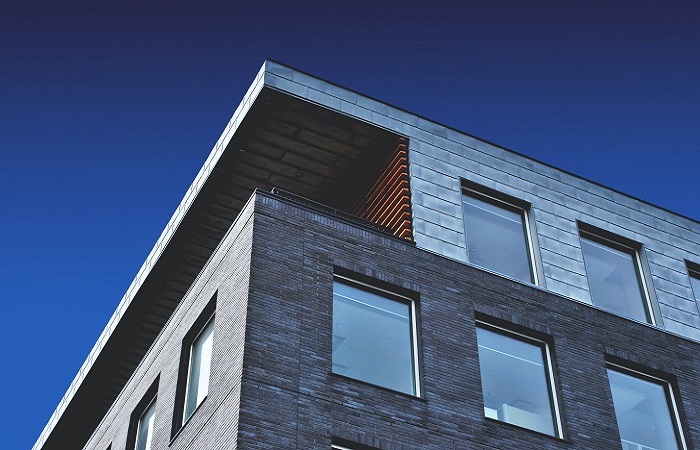Introduce the concept of green construction and its significance in reducing environmental impact.
- Energy-Efficient Design: Discuss the importance of designing energy-efficient buildings to reduce energy consumption.
- Renewable Materials: Highlight the use of sustainable and renewable building materials, such as bamboo, reclaimed wood, and recycled metal.
- Solar Power: Explain how incorporating solar panels can help reduce reliance on non-renewable energy sources.
- Rainwater Harvesting: Discuss the benefits of collecting and using rainwater for irrigation and other non-potable purposes.
- Efficient Insulation: Describe the role of proper insulation in reducing heating and cooling energy needs.
- Low-Emission Construction Equipment: Explain the advantages of using low-emission or electric construction equipment.
- Waste Reduction: Discuss strategies for minimizing construction waste through recycling and responsible disposal.
- Green Certifications: Introduce certifications like LEED (Leadership in Energy and Environmental Design) and their impact on sustainable construction.
- Indoor Air Quality: Highlight the importance of using low-VOC (volatile organic compounds) materials for better indoor air quality.
- Long-Term Benefits: Summarize the long-term environmental and financial benefits of green construction practices.
Conclusion: Emphasize the role of construction professionals in contributing to a greener future through sustainable building practices.





